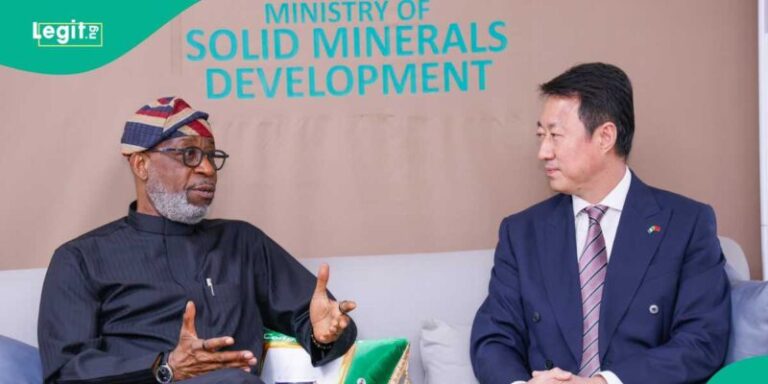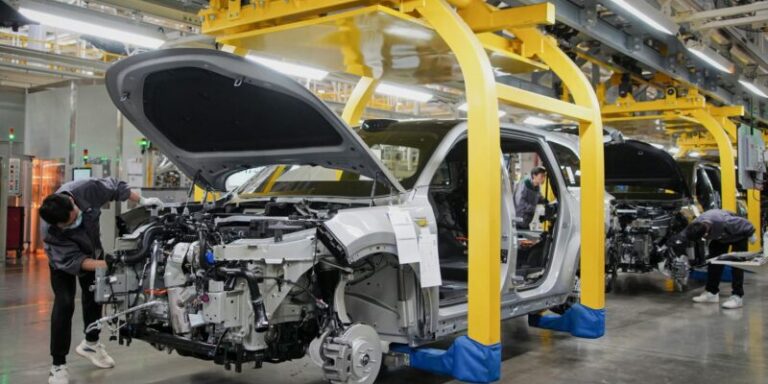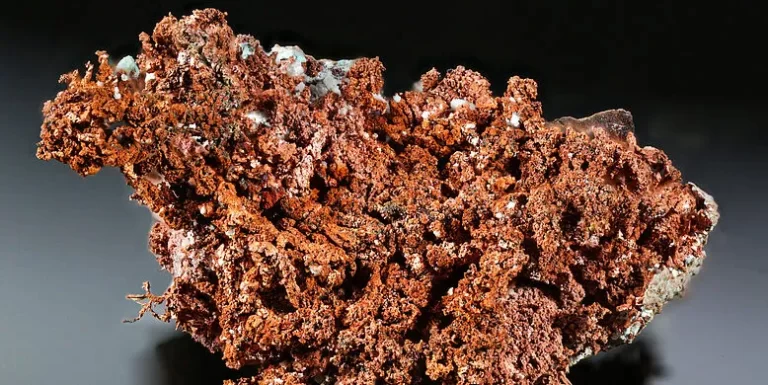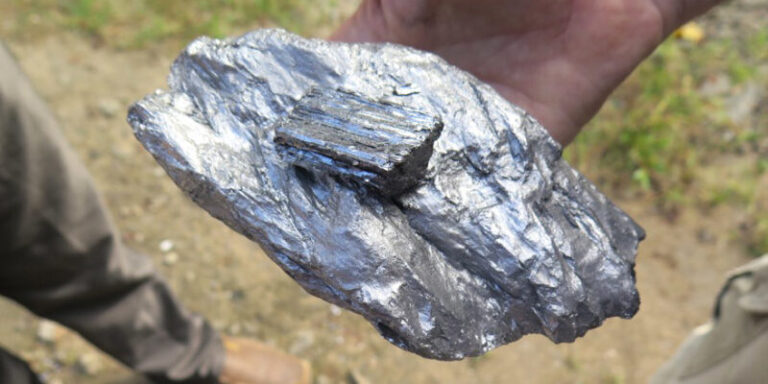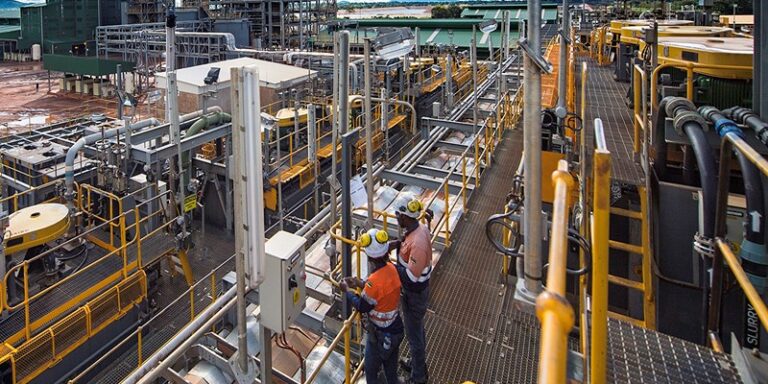
The $430 billion U.S. Inflation Reduction Act has a lit a fire under U.S. plans to build battery factories onshore and establish a global supply chain for electric cars with the help of friendly countries.
The EU’s response, the Green Industrial Plan, is equally ambitious and no less generous.
The push comes as the U.S. pursues policies under the IRA and other programs, like the Bipartisan Infrastructure Law, to reduce its reliance on China.
In over little more than a decade the country has come to completely dominate the EV market by taking control of all aspects of the mine-to-megawatt supply chain.
Data from the Adamas Intelligence EV Battery Capacity and Battery Metals Tracker show that the top 3 Chinese cell suppliers by MWhs deployed onto the world’s roads – CATL, BYD and CALB – alone enjoyed a combined 50% market share in the first half of 2023.
Now a new report in the Financial Times throws another spanner in the friendshoring works. Despite China’s already tight grip on battery manufacture, construction and commissioning of new plants in the nation are only accelerating.
Production capacity in China is expected to reach a towering 1,500 GWh this year, boosted in no small part by subsidies from central and local governments.
To put that in perspective, only 146 GWh were deployed in the battery and hybrid EVs leaving showrooms in China during the first half of the year, Adamas data shows. And China was responsible for half the global total.
While some of the China-made gigawatt hours will end up in stationary storage, the ESS market today remains small compared to that of EVs.
No wonder then that according to the FT report, capacity utilization in China averages only around 55%.


